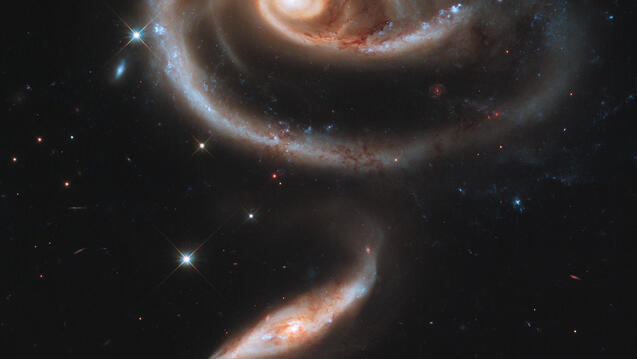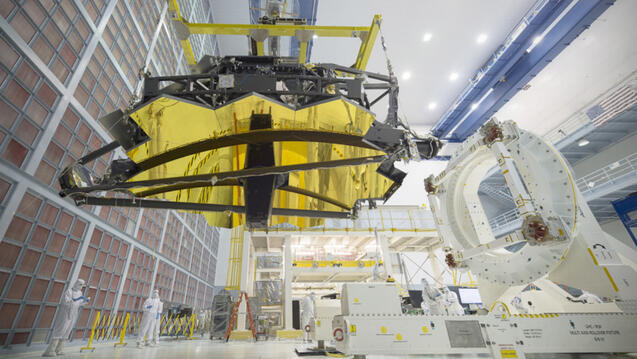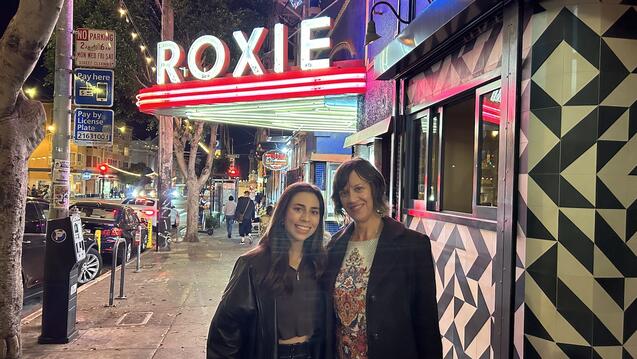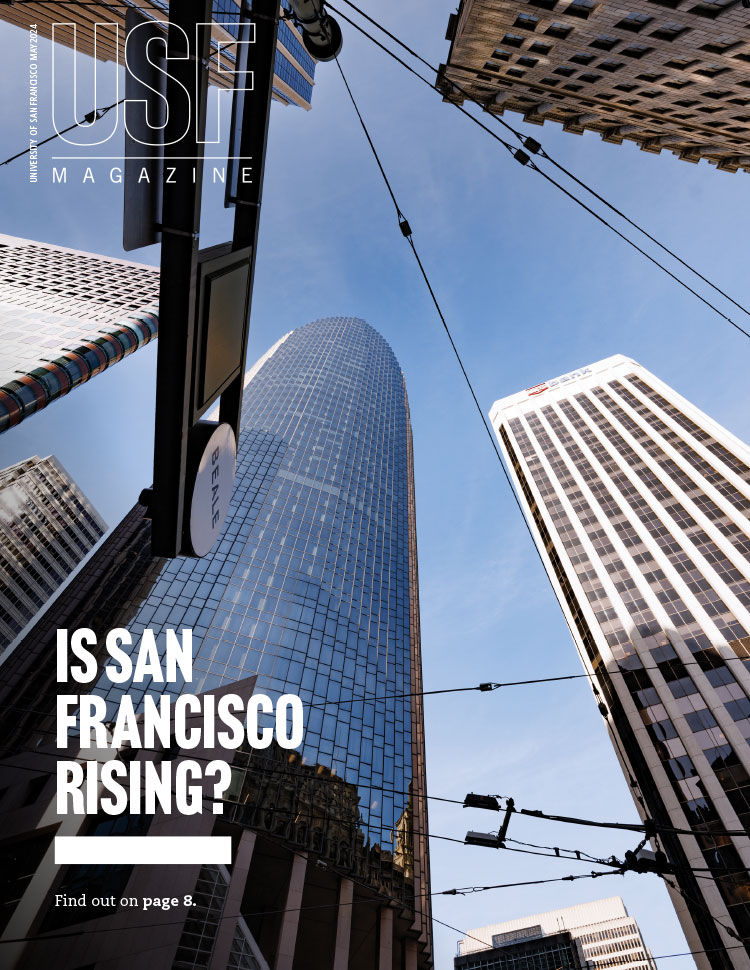
Astrophysics Professor and Undergraduates Unlock the Secrets of Outer Space
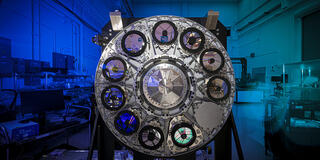
Xiaosheng Huang and his astrophysics students have a green light from NASA to explore the universe using the newest space telescope in the galaxy.
The USF research group earlier this year received a grant from NASA and the Space Telescope Science Institute (STScI) to create algorithms to help NASA and STScI find gravitationally lensed supernovae using the Nancy Grace Roman Space Telescope, known as Roman.
Roman, set to launch in late 2026, “will survey billions of galaxies and catch the light of stellar explosions in a quest to solve the mystery of dark energy, which is causing the universe’s expansion to speed up,” according to the STScI. “Roman’s scans of the sky will uncover thousands of exoplanets beyond our solar system, including types of planets never surveyed before.”
Four years ago, Professor Huang and another group of students were granted access by NASA and STScI to the Hubble Space Telescope, which they used to study gravitational lenses in outer space. The project examined millions of images taken by ground-based telescopes and found hundreds of gravitational lenses, which occur when two galaxies align, enabling observers to gain a deeper glimpse into the universe. These gravitational lenses were then observed by Hubble to better understand dark matter.
Roman is about the same size as the Hubble, but it will provide a field of view that’s 100 times greater than Hubble’s view.
In the years before Roman’s launch, the USF team will create algorithms to find lensed supernovae, and then send those algorithms to NASA and the STScl so that they may program them into Roman. The hope is that by finding and analyzing lensed supernovae, the researchers will also find previously unknown properties of the universe, its rate of expansion, and the manner in which it has evolved over billions of years.
By determining the rate at which the universe is expanding, researchers come closer to determining the universe’s age, which leads to a better understanding of the cosmos as a whole, Huang said. He is now picking the students to work on the project.
“This is a prestigious award and the students will be doing cutting-edge science,” Huang said. “Currently this approved proposal is a two-year project, and it can be extended and expanded to a possible total length of five years, all the way to launch date and beyond, so that our collaboration team is well positioned to maximize science output when [Roman] is launched.”

Featured in USF Magazine
This USF News story was published in USF Magazine, where you can find feature stories about university life, alumni Class Notes, and information about events at USF.
